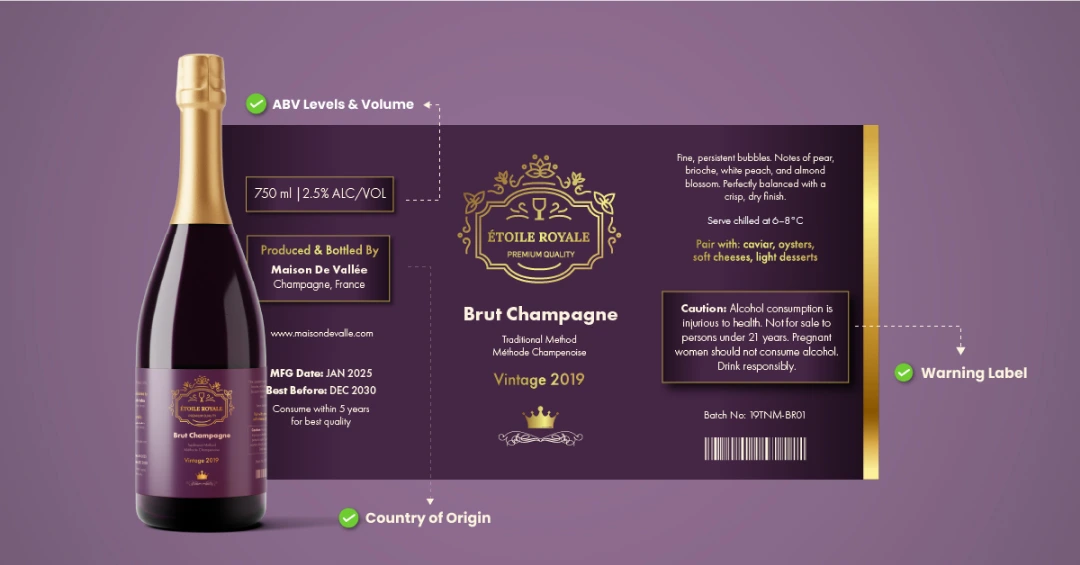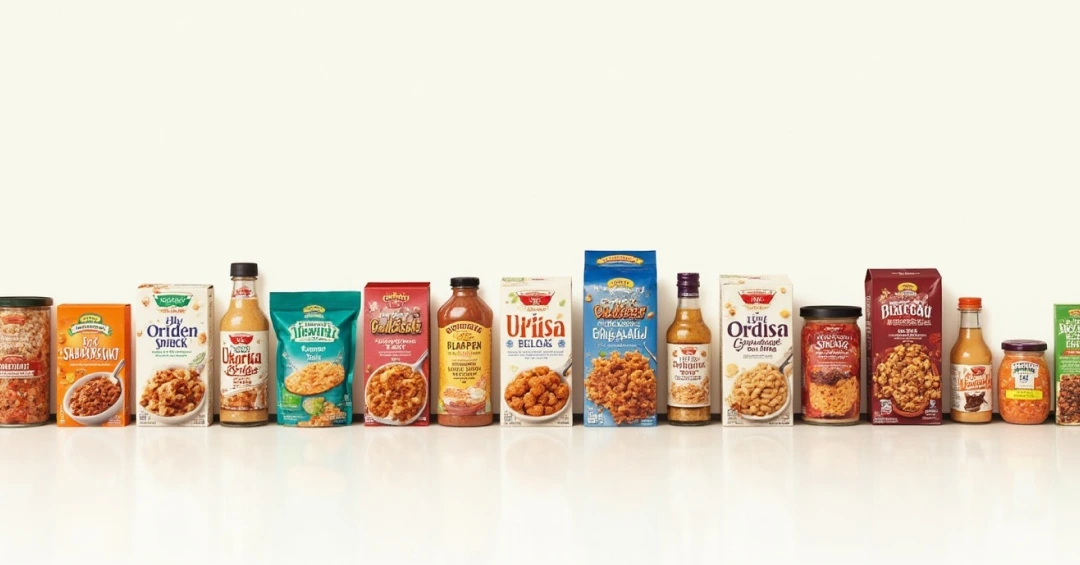You must be aware of the difficulties if you have ever attempted to launch a product in multiple countries simultaneously. Many people find global packaging a nightmare due to the overwhelming complexity of label translations, compliance checklists, and six distinct "final" artwork files.
But what if there was a way to deal with the chaos? What if multi-market packaging was as simple as single-market packaging? Read on to uncover how you can tackle common global packaging hurdles.
Key Challenges in Global Packaging
Entering international markets raises several packaging-related issues. Brands must manage compliance, consistency, and version control across borders due to costly translation errors and changing regulatory requirements. Even small mistakes can result in recalls or harm to a brand's reputation.
The following are the main obstacles that brands frequently encounter when expanding into new markets:
- Language Barriers:
When Pepsi launched its drink in China, it faced a lot of flak because its “Come Alive! You’re in the Pepsi Generation” campaign translated to “Bring Your Ancestors Back From the Dead.”
When launching a product in a new market, literal translation doesn’t always work. Proper packaging is crucial to building a good first impression, so information must be correctly translated and culturally relevant.
- Regional Regulations:
Until 2024, the FDA allowed the use of brominated vegetable oil in beverages, while it was banned in the EU due to its adverse effects on the thyroid.
Since every country has unique packaging regulations, brands must have the right tools and capabilities when labeling or listing ingredients on a product.
- Consistency Across Markets:
French food and drink giant Danone removed the traffic-light-style nutrition labels from the packaging of its dairy and plant-based drinks in Europe after an algorithm change began tagging them as soft drinks.
Maintaining a unified brand image across different markets can be an uphill task. Sometimes, customization is necessary to make the product more appealing to local customers; however, one must ensure that the central message and image of the brand are not diluted.
- Version Control Issues:
Boots Pharma was forced to recall its medicines due to a packaging error that incorrectly displayed ‘Paracetamol 500mg Tablets’ as ‘Aspirin 300mg Dispersible Tablets’.
With many teams working on various packaging design versions, tracking the latest approved versions is a nightmare. This can lead to errors, delays, and extra costs.
What Teams Need to Overcome Multi-market Challenges
If you take your brand global, packaging can become one of your biggest headaches. Translation fails and regulatory missteps are common and can lead to costly recalls or reputational damage.
As brands seek to navigate these waters, they need:
- A centralized platform: Ever wasted hours hunting for the latest artwork version or lost feedback in email threads? A centralized platform fixes that. It is a unified place for all assets, approvals, and comments, ensuring everyone stays aligned.
- Real-time collaboration: When a designer is in Berlin, a reviewer is in Singapore, and your printer is in Chicago, delays creep in fast. Tools that let teams edit, comment, and approve in real-time keep projects moving, no matter where people are.
- Standardized workflows: Changing procedures for every market can be time-consuming. Transparent, repeatable processes for creating and approving artwork can minimize surprises and speed up turnaround times.
- Intelligent automation: By automating repetitive tasks, teams can reduce time-to-market and devote more time to human-intensive functions like strategy and creative problem-solving.
How ManageArtworks Offers the Ideal Solution
ManageArtworks offers a comprehensive solution to address the multifaceted challenges of global packaging.
- AI-Driven Design and Proofing Tools: ManageArtworks ensures that packaging satisfies artistic and legal requirements by using AI to assist with design and proofing. This integration reduces human error and expedites the artwork review and approval process.
- Simplified Packaging Artwork Management: A centralized digital asset management hub makes storing, editing, and accessing packaging assets easy. Multiple file locations and versions are no longer difficult to manage.
- Efficient Workflow Management: With seamless integrations with existing systems, teams can adapt workflows to their needs. This ensures prompt approvals and stakeholder involvement at the right time.
- Automated Audit Trails: The ManageArtworks platform provides a transparent packaging development history, automatically logging each modification and approval.
- Customizable Templates: ManageArtworks provides a template library that can be altered to suit various market niches. This permits the required local adjustments while guaranteeing brand consistency.
Conclusion
Global packaging is complex and requires precision and teamwork. In today’s fast-moving market, you need solutions that turn packaging headaches into competitive advantages.
That’s where ManageArtworks comes in. Our platform helps teams slash approval times, navigate compliance challenges, and create packaging that speaks to customers, no matter where they are.
Ready to see how it works? Let’s chat!
Frequently Asked Questions
Language hurdles, local laws, inconsistent branding, and version control mistakes are the most common challenges of global packaging across diverse markets.
Centralized digital asset management platforms, real-time collaboration tools, standardized workflows, and AI automation help reduce errors, accelerate approvals, and eliminate time-consuming, back-and-forth communication.
ManageArtworks offers automated audit trails, customizable templates, a centralized asset hub, and AI-enabled artwork proofing. These capabilities enable brands to streamline global packaging by ensuring compliance, minimizing mistakes, and keeping teams in sync.





.webp)
















